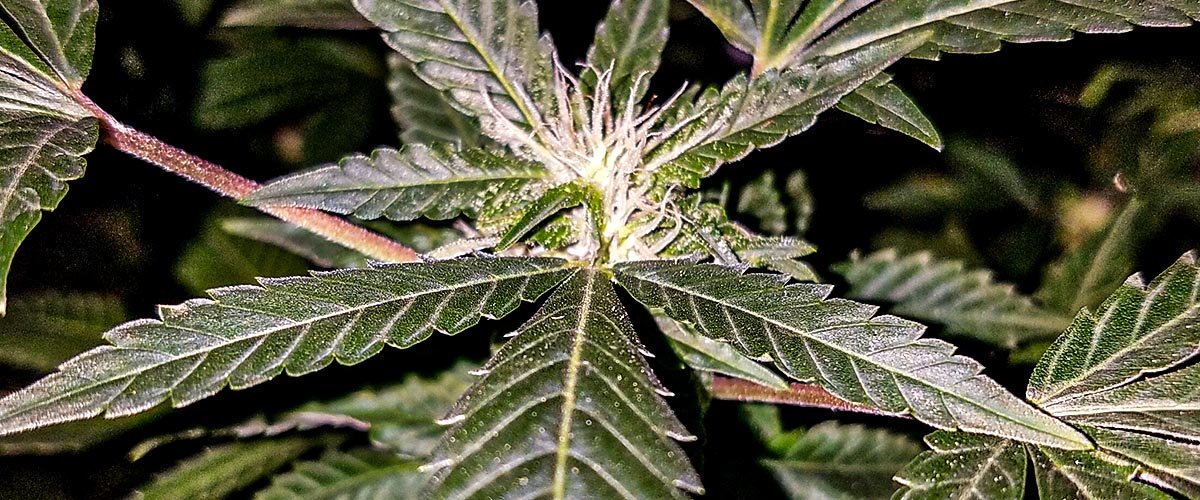Introduction:
Autoflowering hashish cultivation has gained huge popularity among Canadian growers thanks to its swift advancement cycle and relatively inconvenience-absolutely free nature. Nonetheless, like any cultivation endeavor, it will come with its individual set of troubles. From pest infestations to nutrient deficiencies and environmental stressors, Canadian growers experience many obstacles on their journey to a prosperous autoflower harvest. In this in depth information, we are going to delve into these worries and provide actionable answers to make certain a flourishing autoflower cannabis crop.
Knowing Autoflower Hashish Cultivation:
Autoflowering cannabis strains are prized for their capacity to changeover from the vegetative phase to the flowering stage instantly, without having relying on adjustments in gentle cycles. This special trait makes it possible for for quicker harvests and greater versatility in developing environments. However, even with dig this , autoflowers are not immune to troubles that can impede their expansion and development.
Popular Troubles Confronted by Canadian Growers:
Pest Management:
Pest infestations pose a substantial danger to autoflower cannabis cultivation in Canada, notably in indoor and out of doors settings. Common pests include things like spider mites, aphids, thrips, and whiteflies, which can quickly multiply and wreak havoc on your plants.
Solution:
Applying proactive pest administration approaches is vital for safeguarding your autoflower crop. This involves common monitoring of vegetation for indicators of infestation, introducing beneficial bugs like ladybugs and predatory mites, and using organic and natural pesticides as a very last resort. Additionally, maintaining proper airflow and hygiene in your mature room can assist deter pests from getting keep.
Nutrient Deficiencies:
Nutrient deficiencies can occur when autoflowering hashish crops are not receiving enough amounts of essential nutrition these kinds of as nitrogen, phosphorus, potassium, calcium, magnesium, and micronutrients like iron and zinc. Canadian growers may experience nutrient deficiencies due to fluctuations in soil pH, very poor nutrient absorption, or inappropriate feeding schedules.
Remedy:
To reduce and address nutrient deficiencies, it can be crucial to begin with superior-top quality soil or nutrient mixes precisely formulated for cannabis cultivation. Frequently test the pH concentrations of your soil or hydroponic answer and modify as necessary to preserve optimum nutrient uptake. Observe a balanced feeding program working with organic or synthetic fertilizers made for hashish vegetation, and complement with micronutrients if essential. In addition, incorporating compost teas or organic amendments can make improvements to soil health and nutrient availability above time.
Environmental Stressors:
Canadian growers facial area a variety of environmental stressors that can effect autoflower hashish cultivation, such as temperature fluctuations, humidity imbalances, light-weight pollution, and inclement climate situations. These stressors can stunt growth, minimize yields, and enhance the possibility of disorder and pest infestations.
Alternative:
Producing a controlled atmosphere is vital to minimizing the impact of environmental stressors on your autoflower crop. Indoors, commit in local climate management machines these kinds of as HVAC units, dehumidifiers, and supplemental lights to manage secure temperature and humidity degrees all through the expanding cycle. Outside, take into consideration making use of greenhouse constructions or cloth pots that present some diploma of protection from severe weather disorders though nonetheless making it possible for for ample airflow and daylight exposure. On top of that, employing gentle deprivation approaches can assistance regulate flowering occasions and maximize yields, especially in regions with shorter expanding seasons.
Summary:
Autoflower hashish cultivation in Canada presents its very own one of a kind established of issues, from pest management and nutrient deficiencies to environmental stressors. On the other hand, with proper arranging, vigilance, and proactive measures, these worries can be conquer to obtain bountiful harvests of high-high quality autoflower buds. By implementing the remedies and procedures outlined in this guide, Canadian growers can assure a thriving and fulfilling autoflowering cannabis cultivation practical experience, no matter if indoors or outside. Satisfied developing!